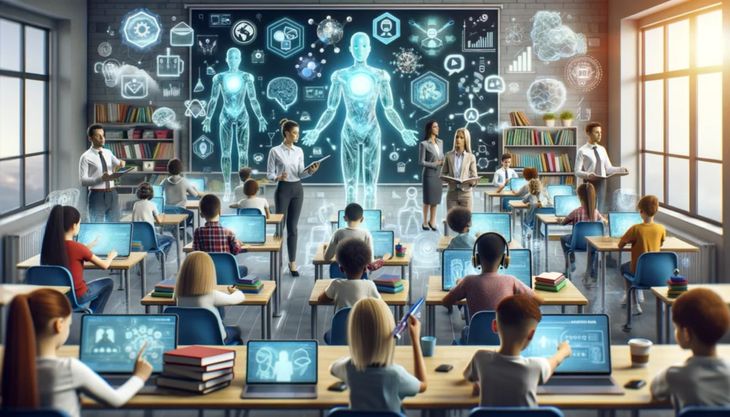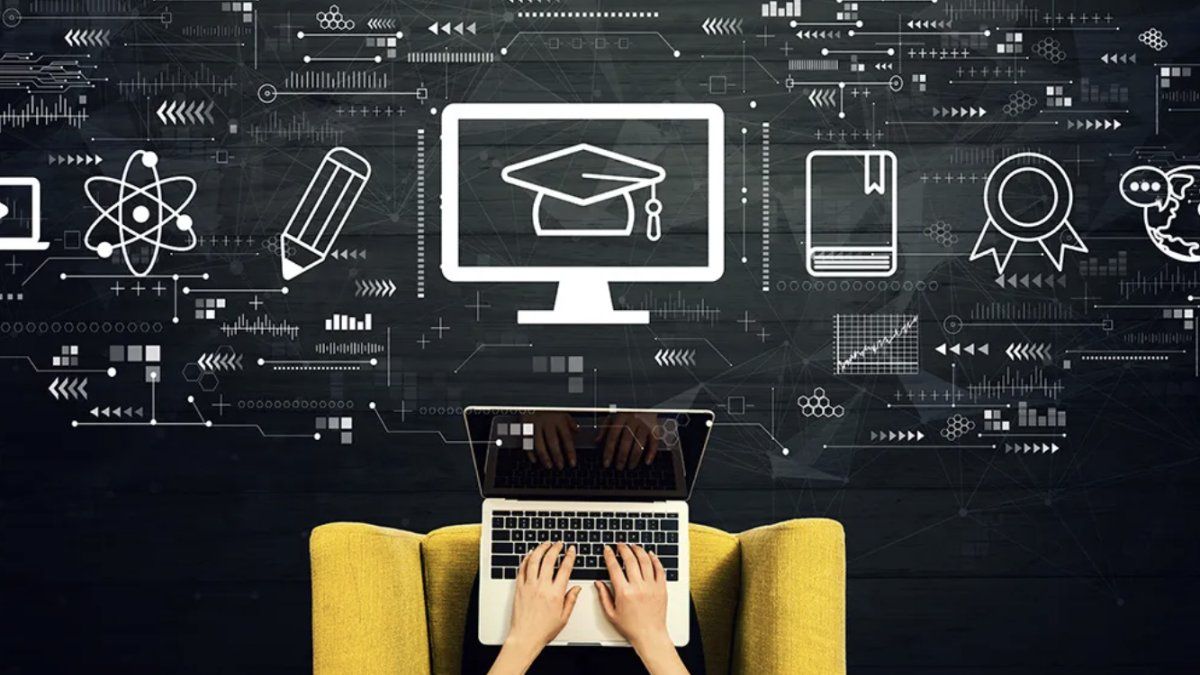Education is faced with the challenge of assimilating artificial intelligence (AI) in its phases and processes. While the world advances in that already unstoppable path, in Argentina the debate on the role of technology in the classroom in learning, teachers and managers is renewed.
The announcement of the program Paideia marked a milestone: for the first time, Artificial intelligence (AI) will be mandatory matter in all Argentine schools, from initial to secondary level. It is a powerful signal, which recognizes what is already happening in the classrooms of the world. But an educational revolution does not occur by decree. It occurs when each actor of the school ecosystem feels that he is not alone in front of the change.
The content you want to access is exclusive to subscribers.
International examples are inspiring. In USAAlpha School students reach their objectives by 30% less time. In Australiathe improvements in mathematics reached 22%. In Canadaschool commitment in special education increased by 25%. In Chinathe academic results of rural students grew by 40%, shrinking gaps between rural and urban students. The common factor? The implementation of pedagogically designed for education tools.


Meanwhile, in Argentina, 54% of students between 9 and 17 already use AI to study or do tasks, and about 70% do it without any adult mediation. The problem is not that they use it, but how: we give them access to deregulated artificial intelligences, such as chatgpt, which not only expose them to content that can be inappropriate according to age, but, not being pedagogical, put their cognitive development at risk. Recent MIT studies warn that this use without context can reduce the activity in key areas of the brain up to 55%. The result is a cognitive debt: less critical thinking, less reasoning, less attention, less memory.
ARTIFICIAL INTELLIGENCE EDUCACION.JPG

AI is already a reality and education is part of the spaces of integration of this technological tool.
Teachers also feel the impact. 73% already perceive that AI affects their daily task. 82% want to learn to use it pedagogically, but less than 20% do it actively. Specific training, adequate materials and real time on their agenda are missing. But, above all, anchoring in the implementationN: Where do they start? With what tool do they work with that the AI approach students without putting their cognitive development at risk?
Managers, meanwhile, know that they cannot stay outside. However, they are not clear where to start. According to recent data, 61% indicate the lack of time as the main obstacle, followed by the lack of training (45%). The point in common is evident: a reliable, pedagogical, safe and aligned tool is missing with the identity of each school.
And yes, it is valuable that the State take a specific step with policies such as Paideia. But, more importantly, it is listening to schools, understanding their daily challenges and offering possible solutions that can be implemented. Because their days are full of real problems, urgencies and pressures. They need accompaniment, no indications. And they need time for the most important thing: teach, train, guide the boys for the future.
There are also efforts from the local level that point in that direction. Some initiatives, such as Auroria, which I am part of, seek to work with schools to design artificial intelligence tools that adapt to their reality, their pedagogical project and their community.
Auroria is the first conversational assistant created exclusively to address the concrete challenges that this technology already generated throughout the school ecosystem. For students, it offers a guided environment that Avoid the so -called “cognitive debt”, stimulating reasoning Through a Socratic way that teaches to think instead of giving answers. For teachers, it allows Integrate AI to your daily practice in a simple and safe way, with greater customization, visibility of performance and without adding pressure or complexity. For managers, it provides filters, analytics and customizable criteria aligned to the Institutiona projectl, returning control over how it is taught with ia.
It’s not about replacing, but accompanying. It is not about solving, but about helping to think. If we make the boys learn to use AI with criteria, we will be giving them more than a technical skill: we will be strengthening their autonomy, their critical thinking and their future.
* The author is an entrepreneur Edtech and strategist of Tech brands with purpose, mentor of women in technology and speaker. Co -founder of Auroria.
Source: Ambito
David William is a talented author who has made a name for himself in the world of writing. He is a professional author who writes on a wide range of topics, from general interest to opinion news. David is currently working as a writer at 24 hours worlds where he brings his unique perspective and in-depth research to his articles, making them both informative and engaging.




